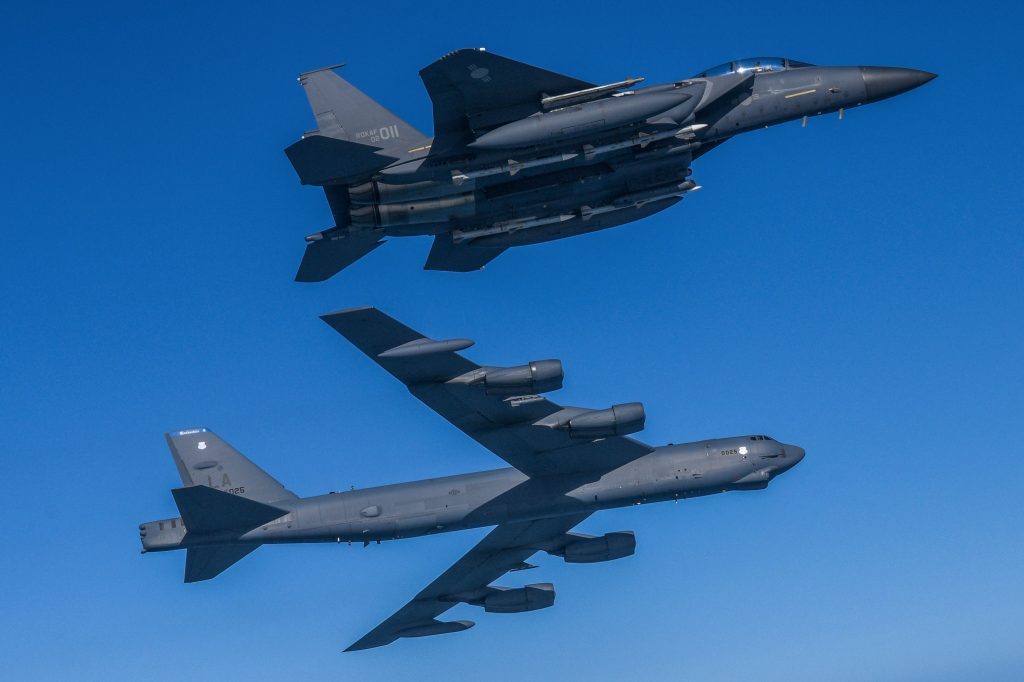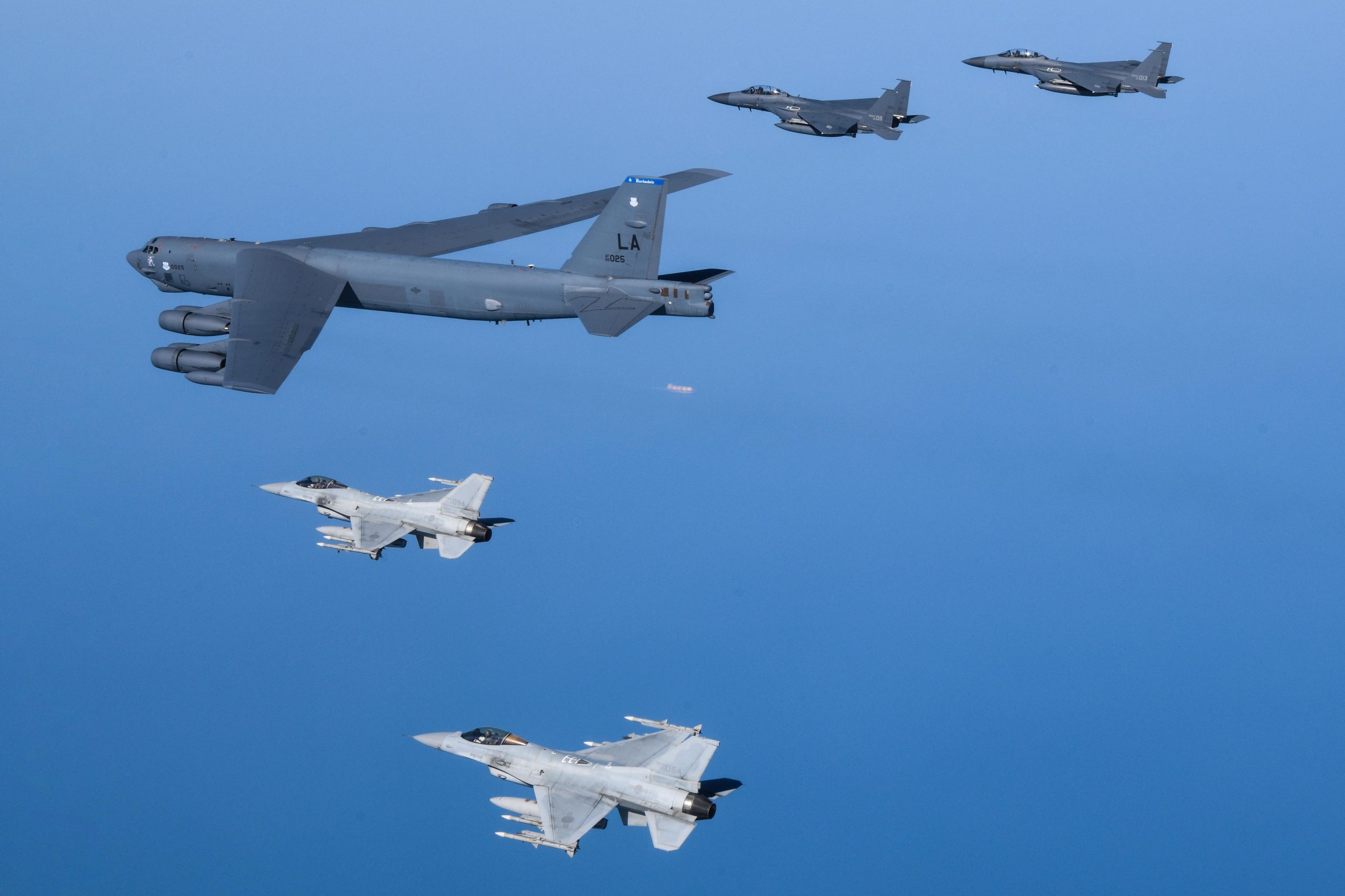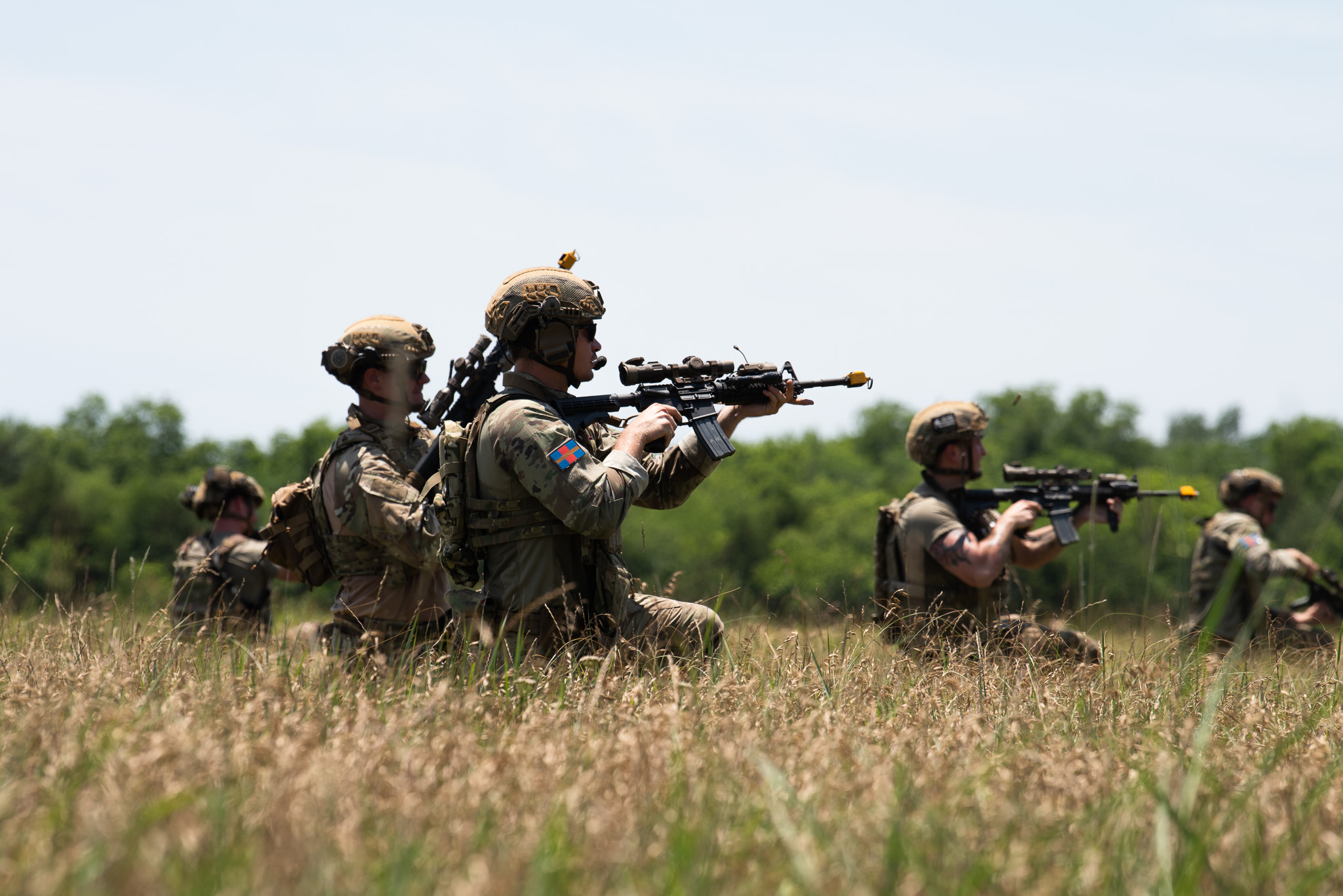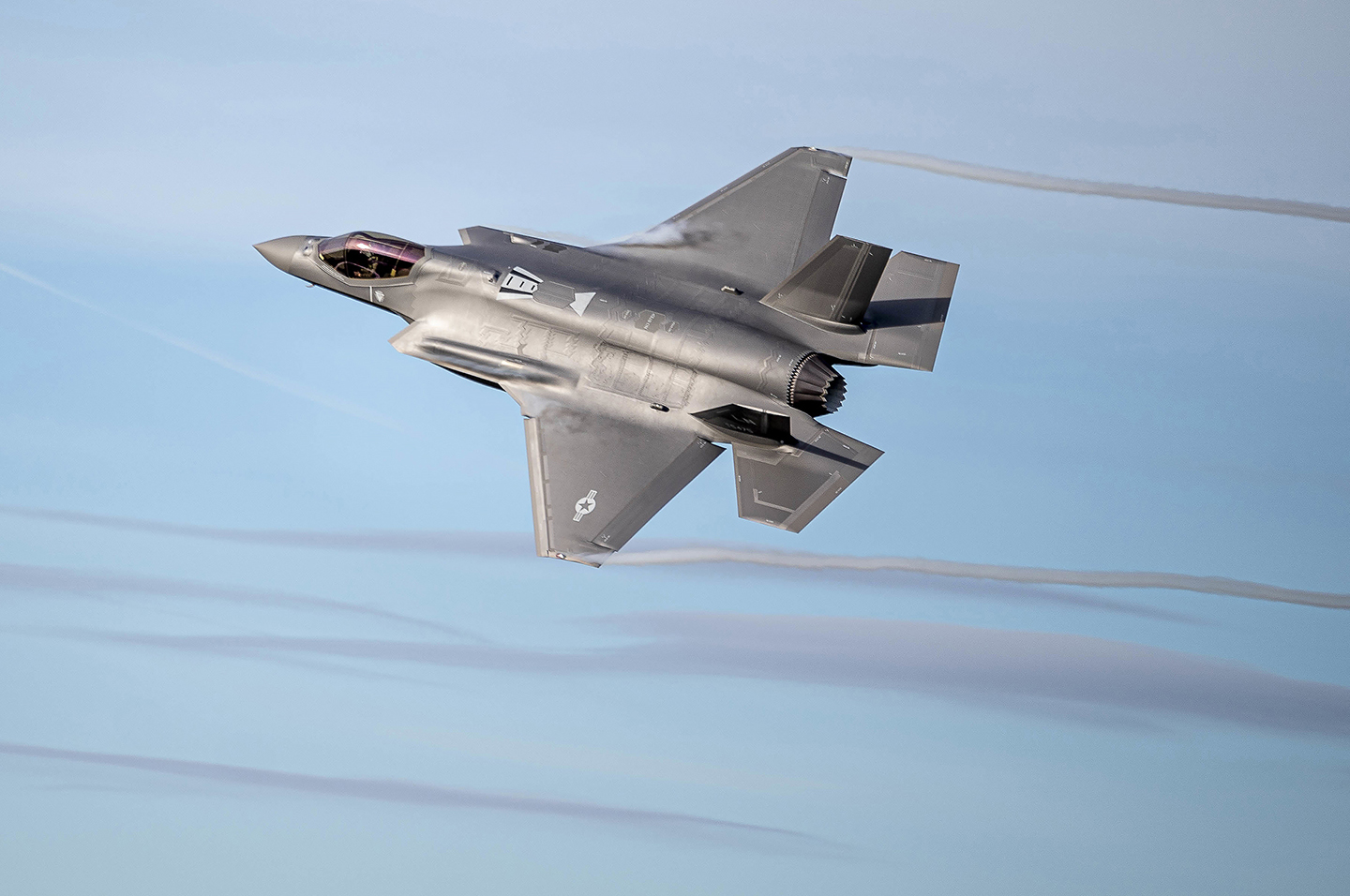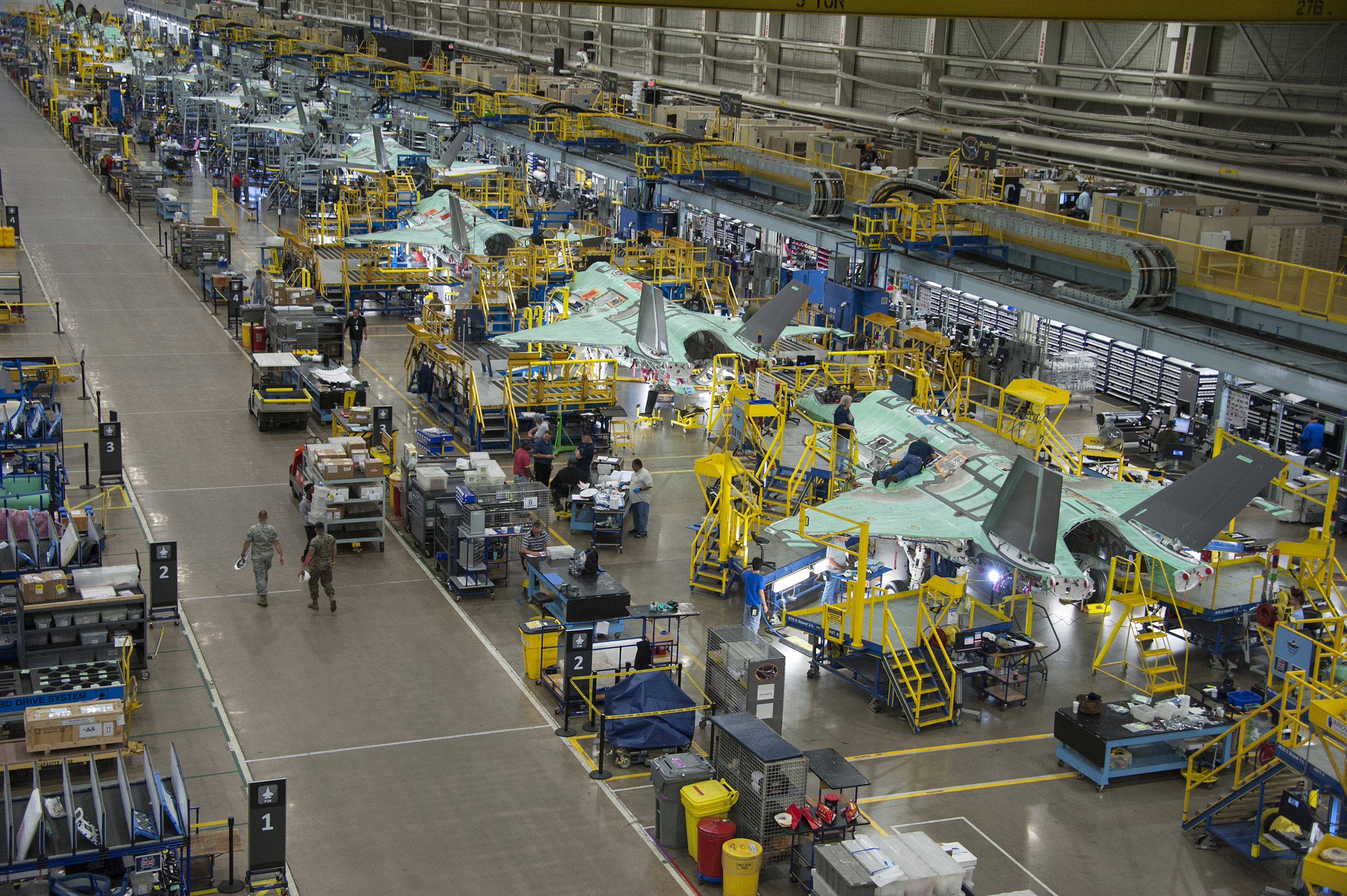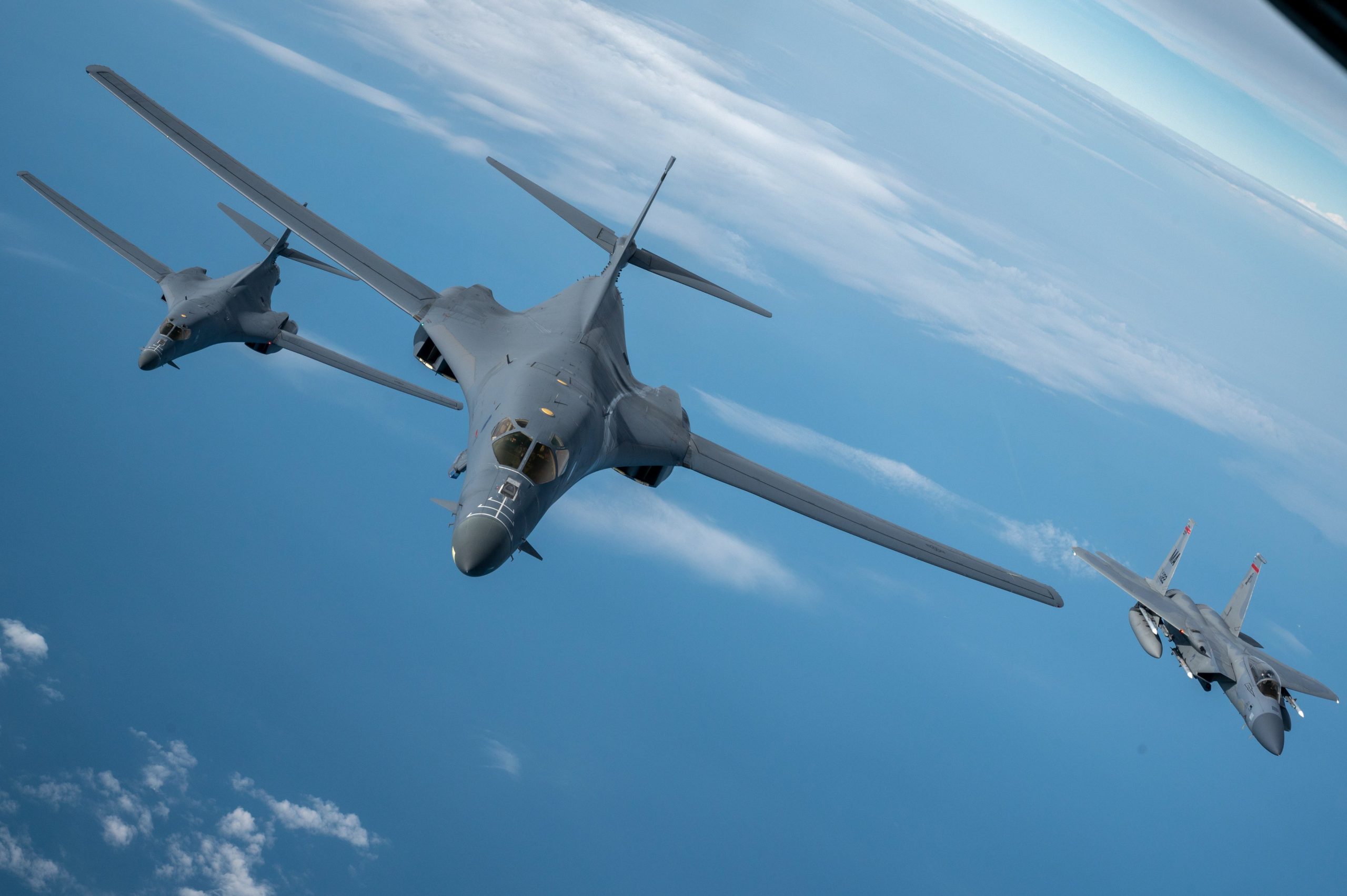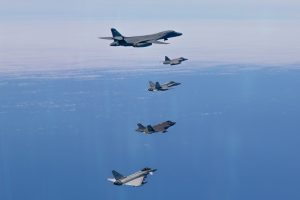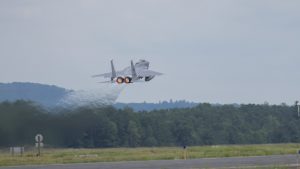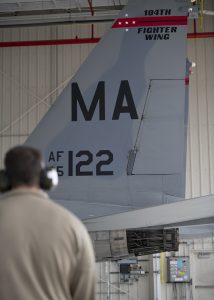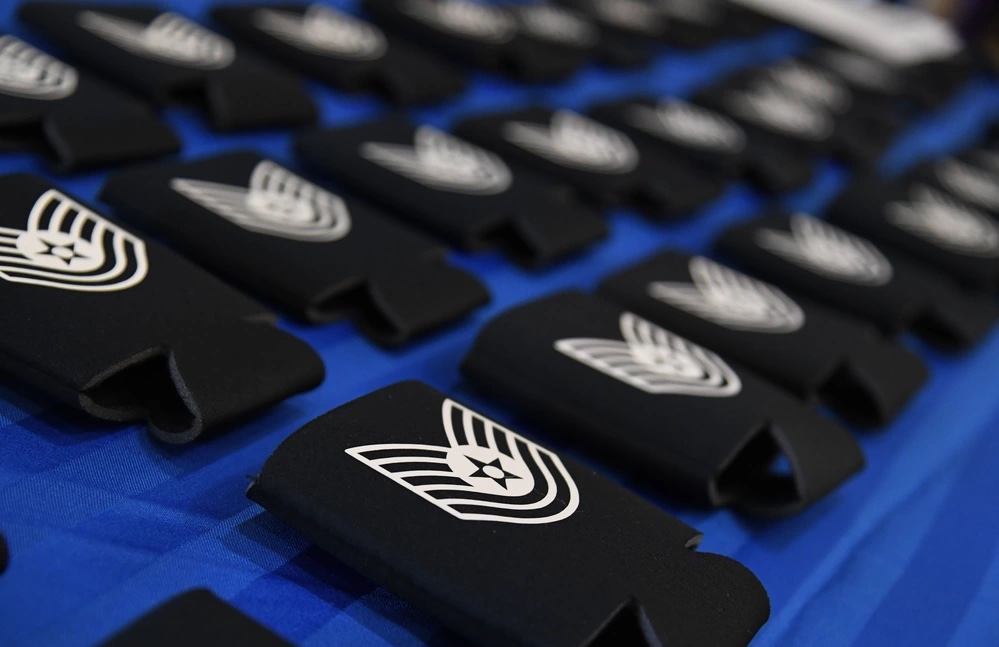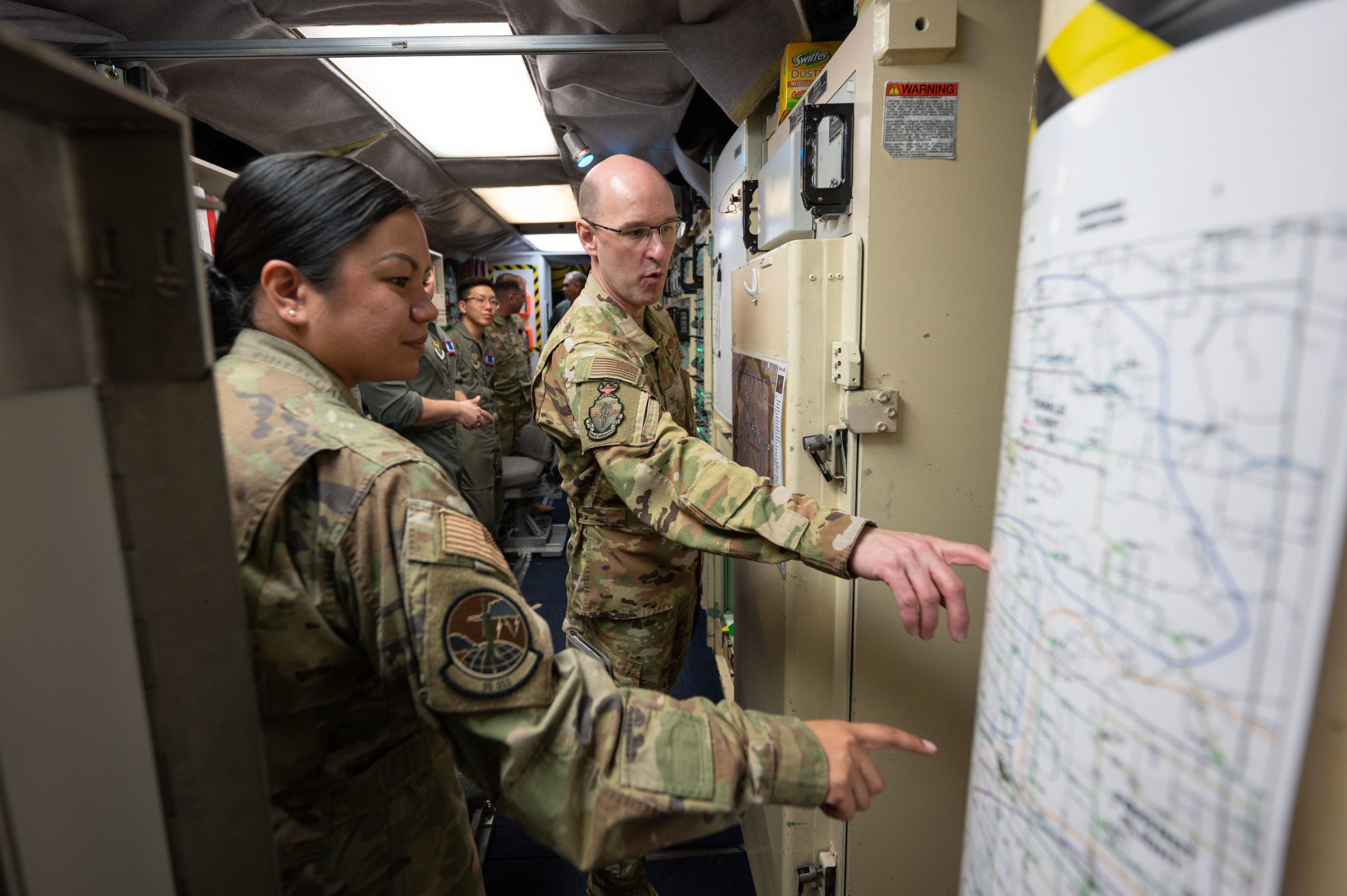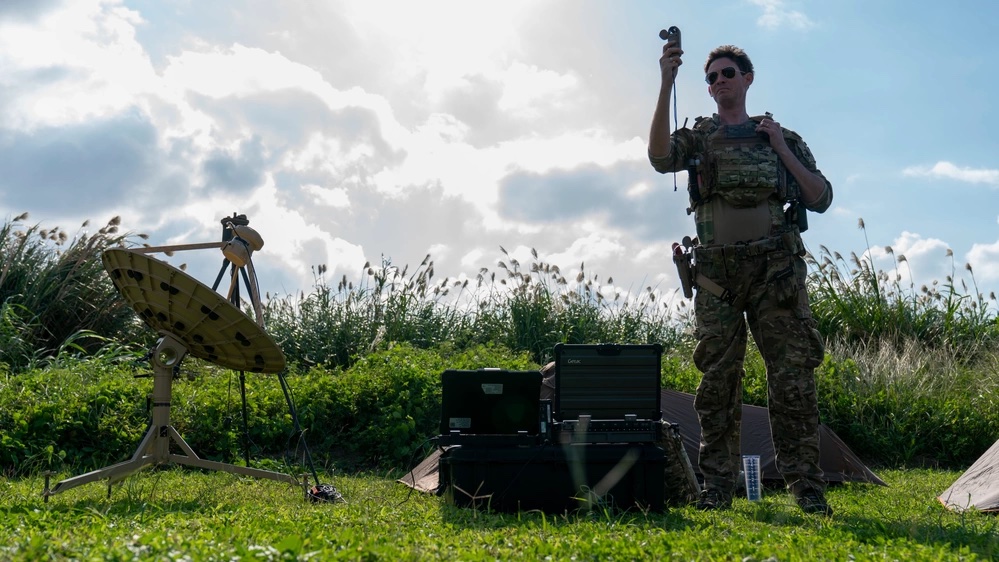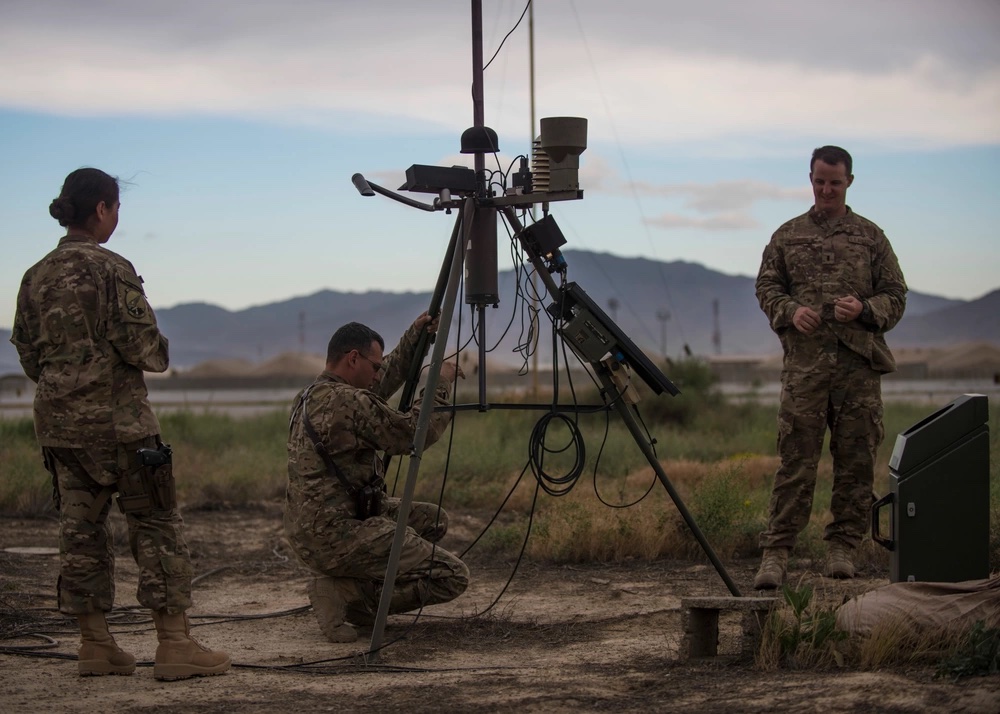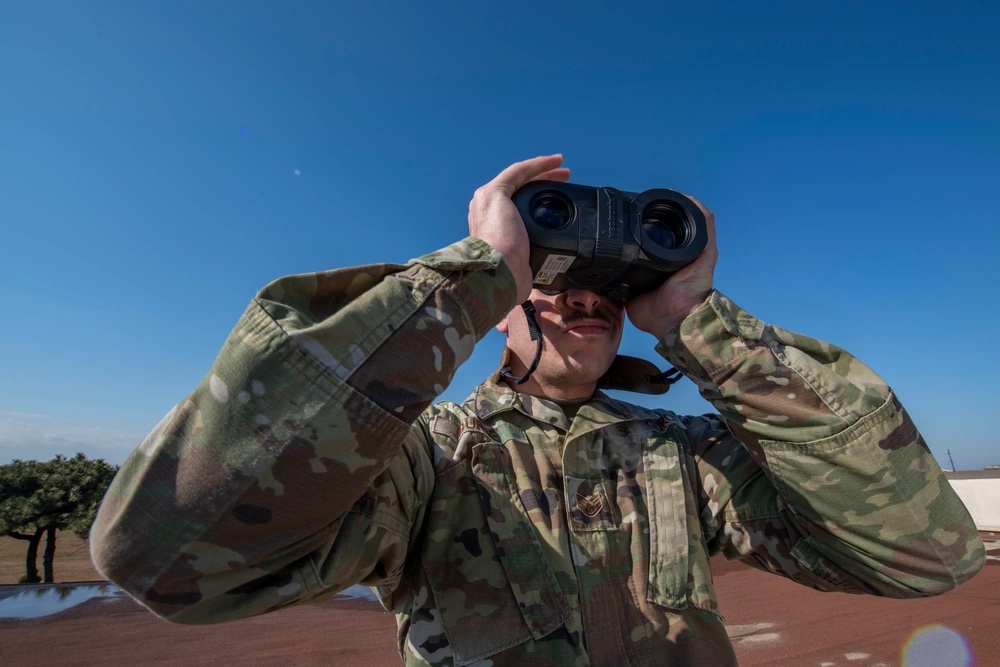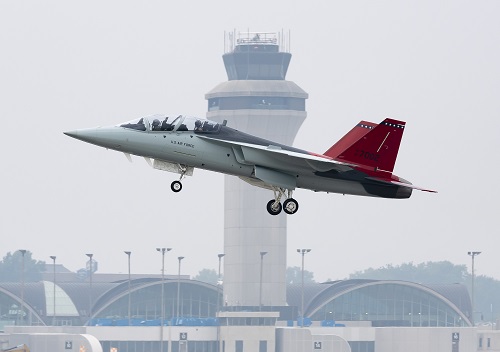Multiple B-52 Stratofortresses flew over the Korean Peninsula on June 30, escorted by U.S. and South Korean fighters as part of a “combined aerial training event,” both countries’ militaries announced.
The nuclear-capable bombers flew alongside U.S. Air Force F-16s and F-15Es and Republic of Korea Air Force F-35As and KF-16s, according to a release from the ROK Ministry of Defense.
“The training offered the alliance an opportunity to further strengthen its interoperability by demonstrating a combined defense capability, rapid deployment, and extended deterrence in the defense of the Korean Peninsula,” a U.S. Forces Korea release stated.
The B-52s were from Barksdale Air Force Base, La., and not part of the ongoing Bomber Task Force deployment of B-52s from Minot Air Force Base, N.D., which began June 14. Those bombers recently landed in Indonesia, the first time ever for a B-52, in a gesture of partnership with the strategically important southeast Asian country.
In contrast, bombers have been a regular sight for South Koreans as of late. This latest exercise marks the seventh time in the last six months that B-52s or B-1s have flown above or near the Korean Peninsula.
- On Feb. 1, two B-1s and F-22 Raptors flew with South Korean F-35s over the Yellow Sea, just west of the Peninsula.
- On Feb. 19, two B-1s flew with F-16s and ROK F-35s through the Korean Air Defense Identification Zone, a buffer area that includes international airspace near the Korean Peninsula.
- On March 3, the South Korean Ministry of National Defense announced one B-1 had flown with South Korean F-15K and KF-16 fighters over the Yellow Sea.
- On March 15, a single B-52 flew with U.S. Air Force F-16s and ROK Air Force F-15s over the Peninsula.
- On March 19, a pair of B-1s flew with F-16s and South Korean F-35s as part of the joint combined exercise Freedom Shield 23
- On April 14, B-52s flew with USAF F-16s and ROKAF F-35s.
Prior to the recent flurry of activity, U.S. Forces Korea had announced just two USAF bomber sorties over the Peninsula in the last two years.
All seven training exercises have taken place since Secretary of Defense Lloyd J. Austin III visited South Korea in January and pledged to ramp up military exercises to include expanded use of air assets such as fifth-generation fighters and strategic bombers.
Austin’s pledge was largely seen as reassurance for South Korea after North Korea conducted a record number of ballistic missile tests in 2022. Growing concerns about those tests led some South Korean officials to suggest the nation should conduct nuclear drills with America or even pursue its own nuclear weapons program.
U.S. officials say they remain committed to the longstanding policy goal of denuclearizing the entire Korean Peninsula, and in April, President Joe Biden and South Korean President Yoon Suk Yeol announced a joint declaration meant to bolster the U.S.’s nuclear “umbrella” to deter attacks on South Korea.
The document included a declaration that the U.S. would enhance the visibility of its strategic assets in the region.
